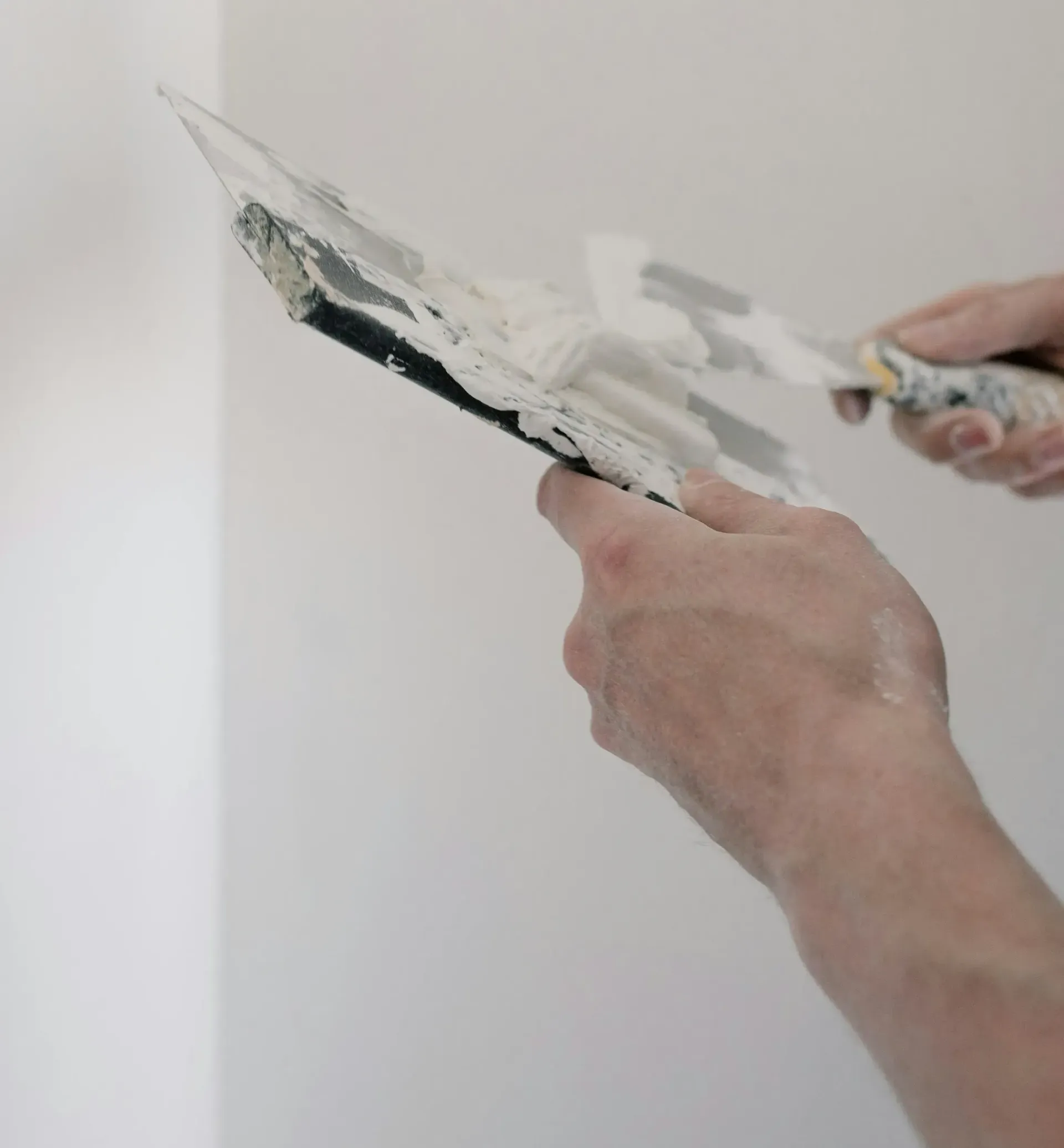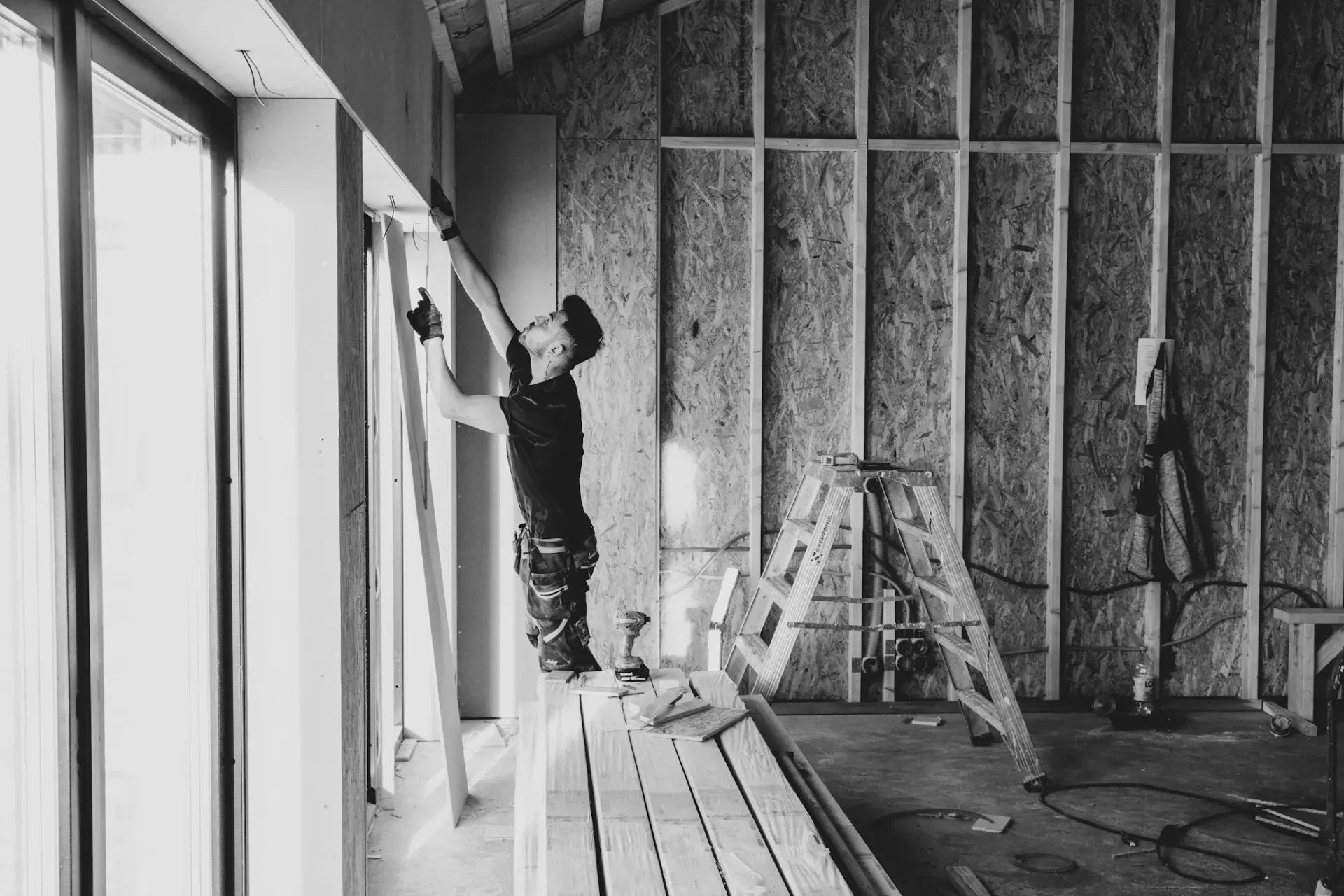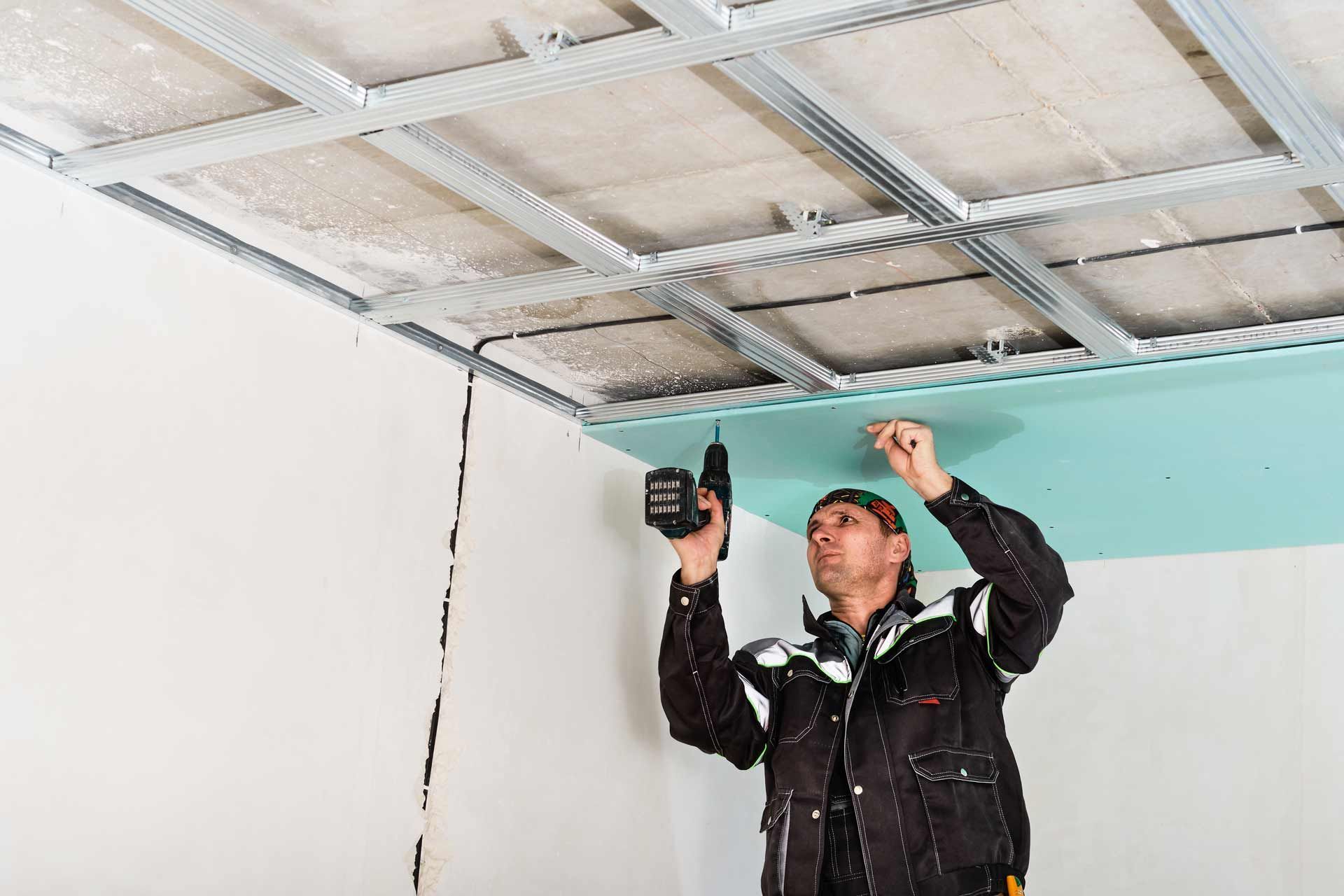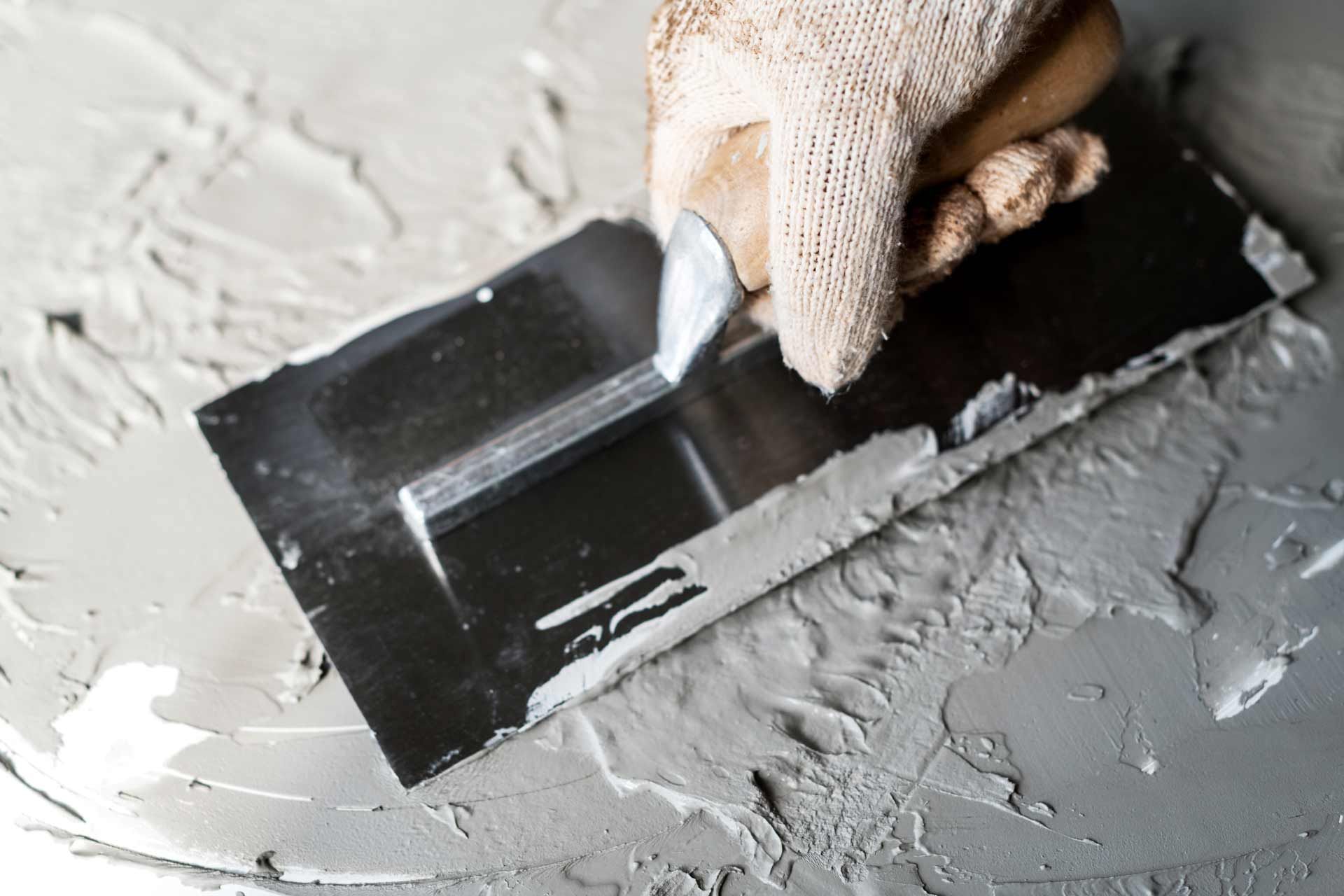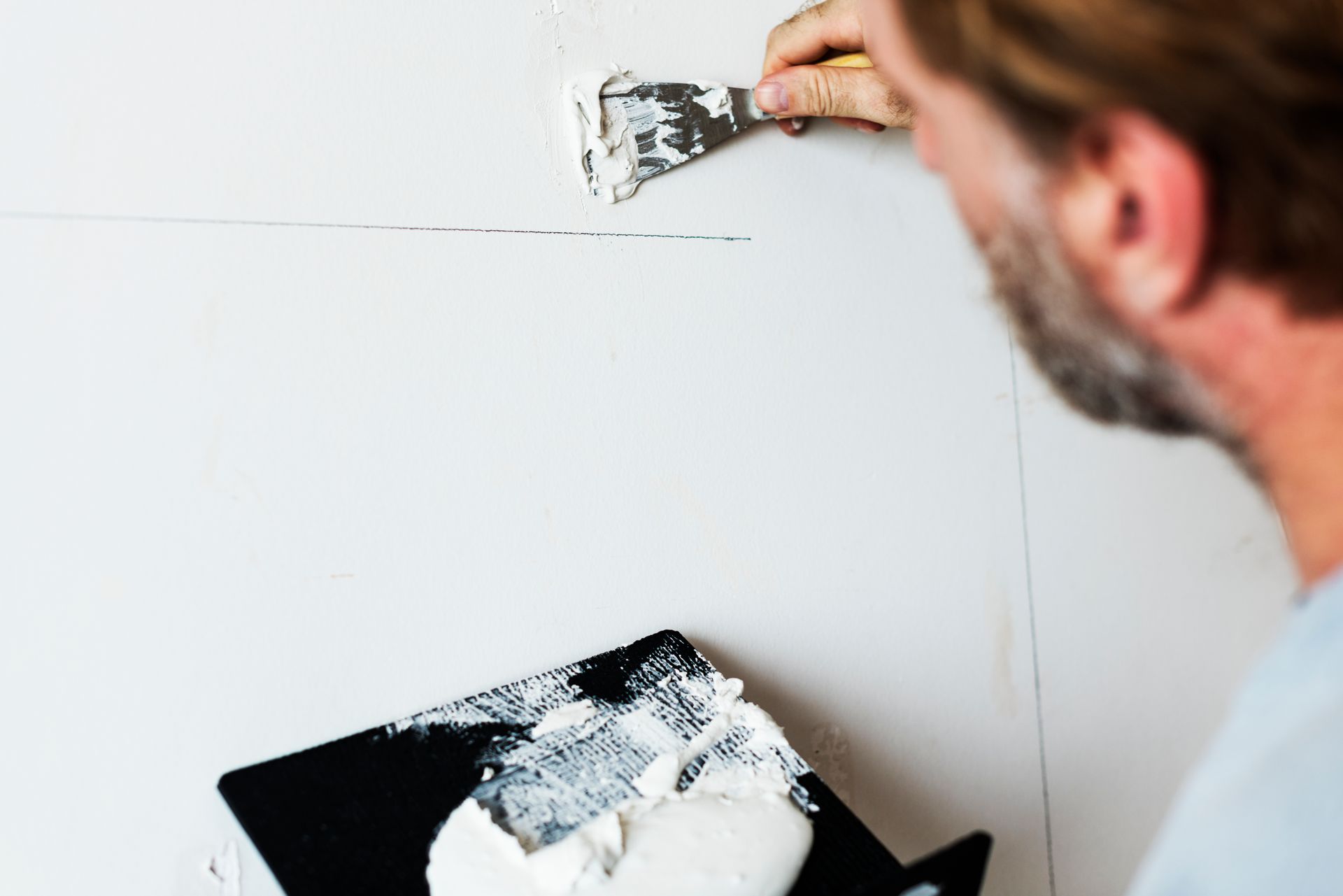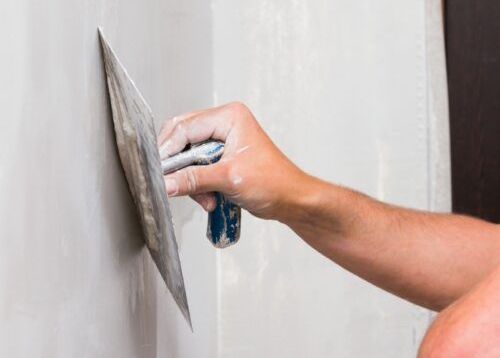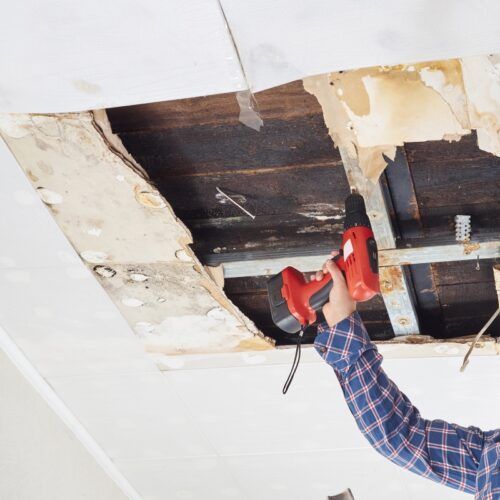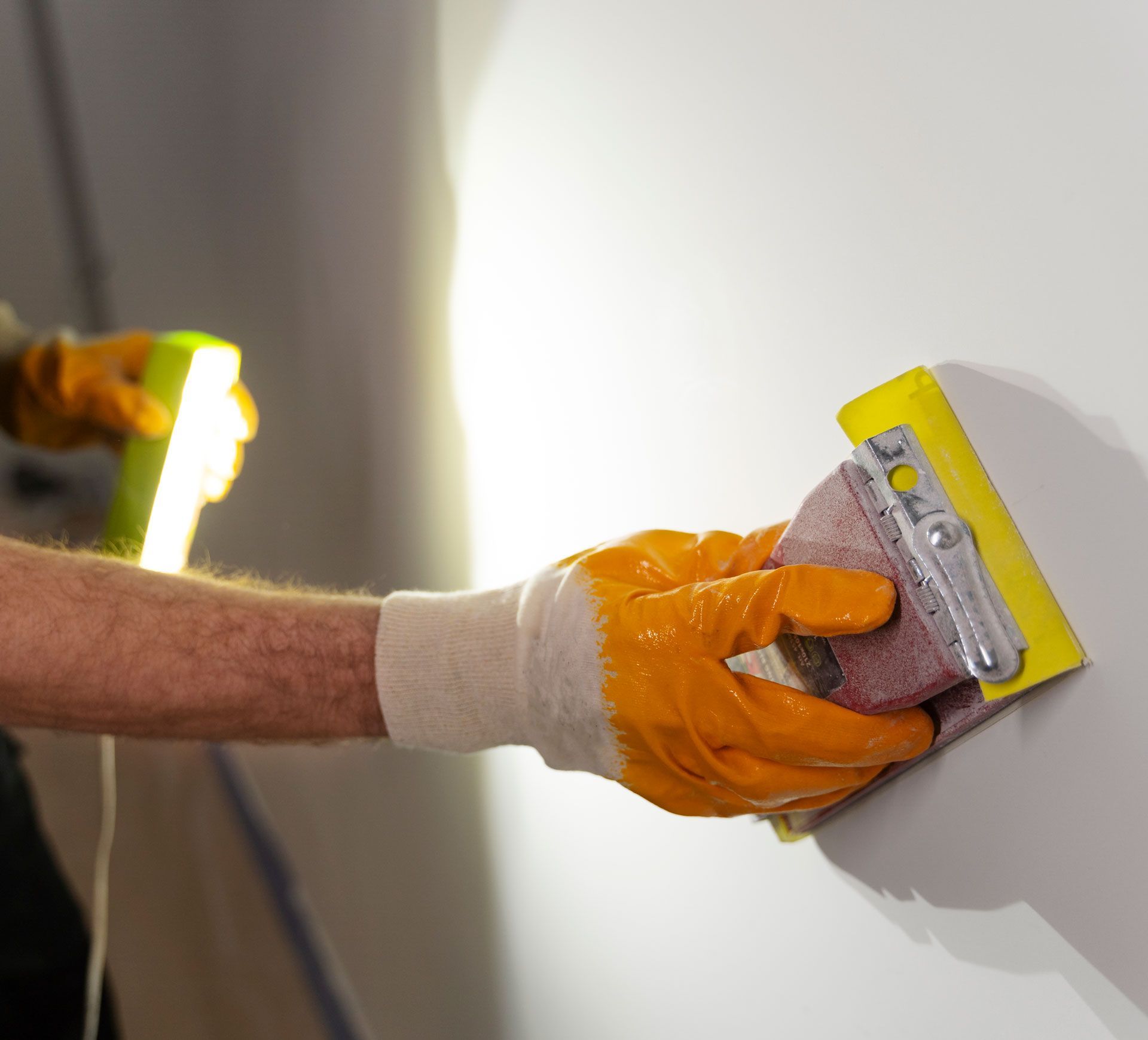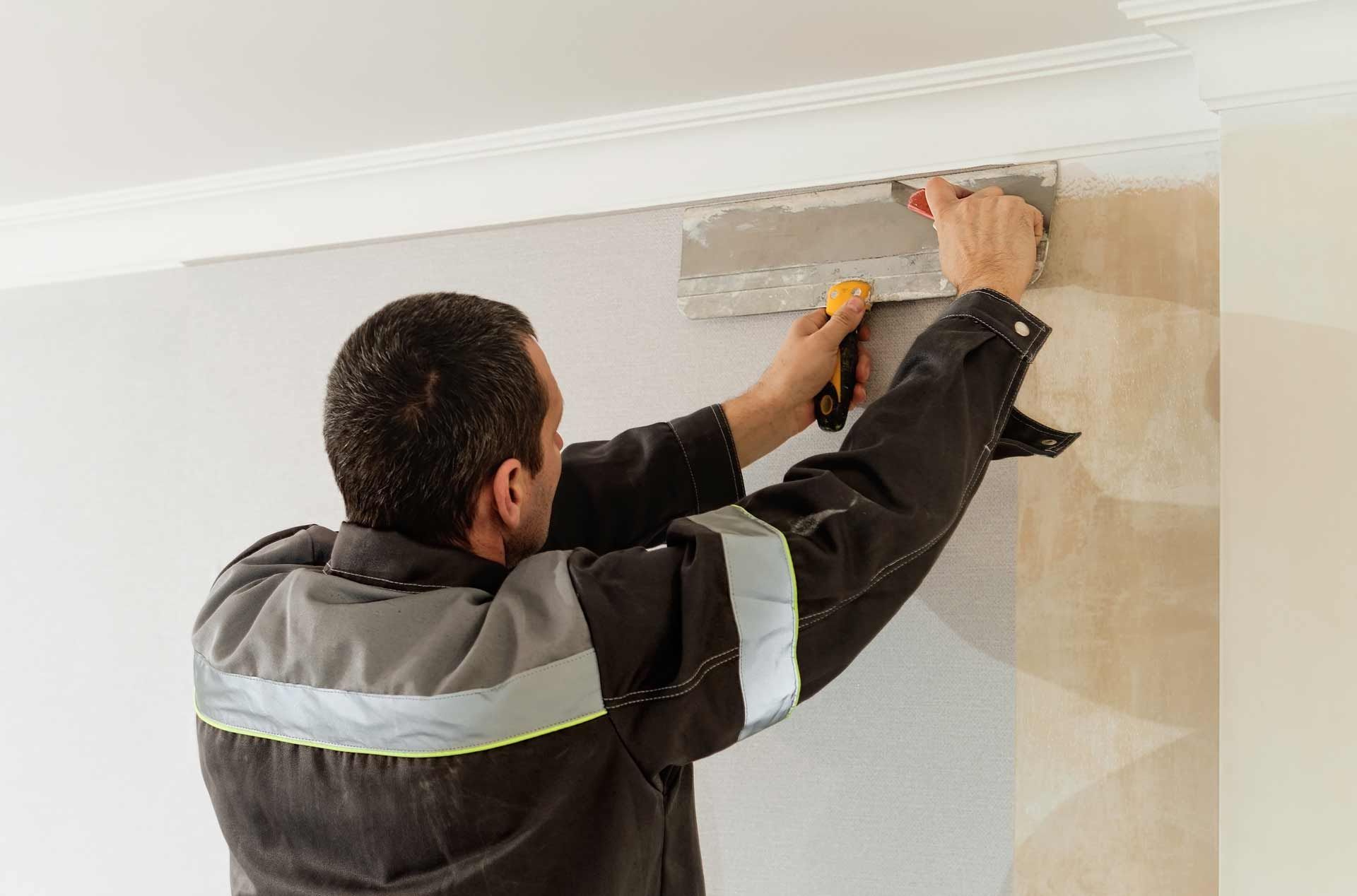
Best Techniques for Patching Small Holes in York PA Homes
Introduction
You’ve just taken down a picture frame, and now you’re staring at a nail hole in the wall. Or maybe your kids accidentally banged a toy into the drywall, leaving a small dent. If you live in York, PA, and want your walls looking fresh again, knowing the right patching techniques can save you time, money, and frustration.
This guide covers the best ways to patch small holes, from quick DIY fixes to when it’s smarter to call a professional. By the end, you’ll know which method to choose, what tools you need, and how to get that seamless, smooth finish your walls deserve.
Understanding Small Drywall Holes
Before you grab a putty knife, it’s important to understand what qualifies as a “small hole” and why technique matters.
Types of Small Holes
- Nail and Screw Holes – Common after removing pictures, shelves, or curtain rods.
- Tiny Dents or Chips – Caused by furniture bumps, toys, or everyday wear.
- Small Anchor or Toggle Bolt Holes – Larger than a nail hole, but not big enough to require a full patch panel.
Small holes might seem minor, but poorly patched spots can show through paint, crack later, or leave unsightly bulges. A good repair blends perfectly with the surrounding wall and is invisible once painted.
Why Good Technique Matters
Proper patching keeps your walls strong and smooth. Rushed or sloppy work can leave uneven surfaces, which will be more noticeable under lighting. In humid Pennsylvania summers, improper patches can even shrink or crack.
Best Techniques for Patching Small Holes
When dealing with small holes in drywall, a few proven methods work best. Here’s what to consider and which approach is right for each situation.
Use Lightweight Spackle for Tiny Holes
For nail and screw holes, lightweight spackle is the simplest solution. It spreads easily, dries fast, and sands smoothly. This is perfect for holes smaller than a pencil eraser.
Apply Patch Putty for Slightly Larger Holes
If the hole is around the size of a nickel, use patching putty or joint compound. Apply with a putty knife in thin layers, allowing it to dry between coats for a level surface.
Self-Adhesive Patch for Quarter-Sized Damage
For holes closer to the size of a quarter, consider using a self-adhesive mesh patch. This provides extra strength and prevents cracking. Spread joint compound over the patch, feathering edges outward.
Sand and Prime for Seamless Finish
After the patch dries completely, lightly sand it to blend with the surrounding wall. Always prime patched areas before painting to avoid uneven sheen.
Match the Texture if Needed
Many York homes have walls with a subtle texture. If that’s the case, use a spray texture or dab with a sponge to recreate the look before painting. Skipping this step can make your repair obvious.
Step-by-Step Guide for DIY Homeowners
To make this even easier, here’s a simple process to follow when patching small drywall holes.
Step 1: Gather Your Tools and Materials
You’ll need: spackle or joint compound, a putty knife, fine-grit sandpaper, primer, and paint. For slightly bigger holes, keep a self-adhesive patch on hand.
Step 2: Clean the Area
Remove any loose drywall dust or debris from inside and around the hole. A clean surface helps the patch bond properly.
Step 3: Apply Spackle or Patch
Fill the hole with spackle or compound using a smooth, sweeping motion. For larger holes, stick the mesh patch over the hole before applying compound.
Step 4: Let It Dry Completely
Patience matters here. Allow the compound to dry according to the manufacturer’s instructions before sanding.
Step 5: Sand Smooth
Use fine-grit sandpaper to create a flush surface. Be careful not to oversand and expose the paper face of the drywall.
Step 6: Prime and Paint
Apply primer to the patched spot, then repaint to match the wall. Blending the paint across a larger section helps the repair disappear.
Step 7: Inspect Under Good Lighting
Step back and view the wall in natural light or with a flashlight held at an angle to catch any imperfections. Touch up as needed.
FAQs
Can I just paint over small holes without patching?
No — paint will not hide the indentation. Holes should be filled and sanded first to get a smooth, professional finish.
Do I need to use primer after patching?
Yes. Primer seals the spackle or compound and prevents the patch from showing through as a dull spot once painted.
What if my patch keeps cracking?
Cracking often happens when too much compound is applied at once or the hole is not properly supported. Use thinner layers or a mesh patch for stability.
How long should I wait to paint after patching?
Wait until the patch is completely dry. This can be as little as 30 minutes for lightweight spackle or up to 24 hours for thicker joint compound.
When should I hire a professional?
If you have multiple holes, textured walls that need matching, or damage near wiring or plumbing, calling a drywall contractor saves time and ensures a perfect finish.
Conclusion
Patching small holes in your York PA home is a quick way to keep your walls looking flawless. Whether you use spackle for a tiny nail hole or a mesh patch for a slightly bigger repair, following the right technique makes all the difference.
If you want a truly seamless look — especially if you have many holes to fix or tricky textured walls — consider hiring a local drywall contractor. Professional patching ensures your walls look as good as new, with no visible signs of damage.

